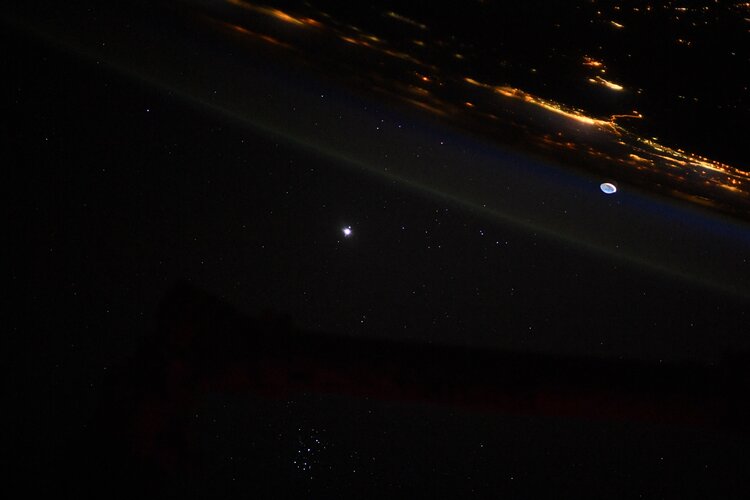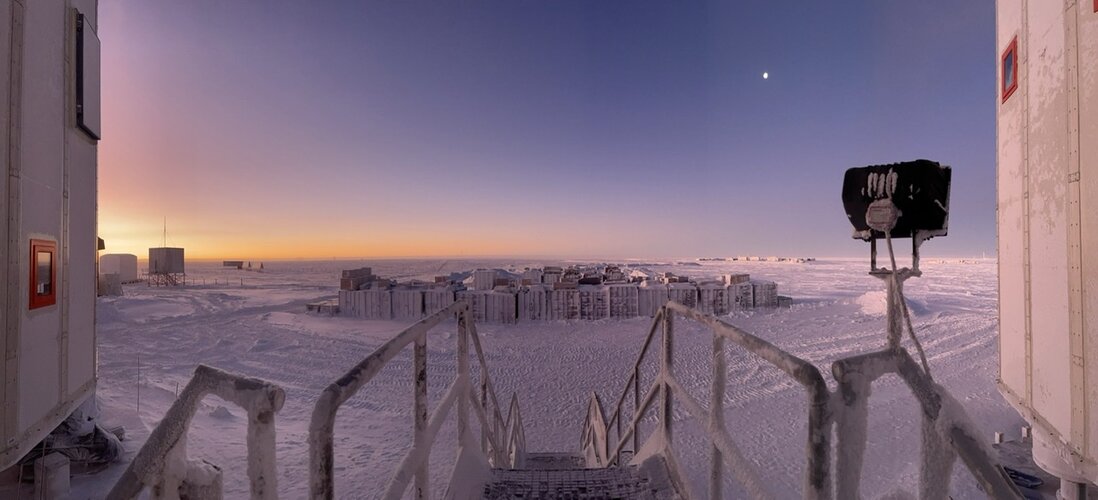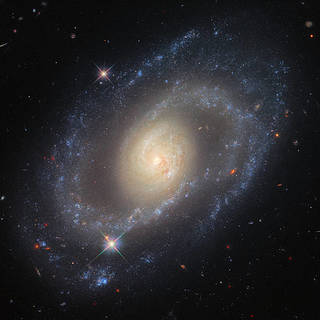
Copernical Team
Deep concern about food security in East Africa
 The rains have failed in Eastern Africa for four consecutive seasons. That has not happened in 40 years of satellite records. Scientists and aid agencies are now alerting the world to an unprecedented level of food insecurity in 2022 for Ethiopia, Kenya, and Somalia. With forecasts suggesting the next rainy season will also be inadequate, climate and agriculture experts are advising governments
The rains have failed in Eastern Africa for four consecutive seasons. That has not happened in 40 years of satellite records. Scientists and aid agencies are now alerting the world to an unprecedented level of food insecurity in 2022 for Ethiopia, Kenya, and Somalia. With forecasts suggesting the next rainy season will also be inadequate, climate and agriculture experts are advising governments Week in images: 15-19 August 2022

Week in images: 15-19 August 2022
Discover our week through the lens
Winter, over
 Image:
Image:
The 12-member crew of Concordia research station woke up to a most welcome sight in early August: sunrise, after four months of Antarctic darkness.
The return of the sun is a major milestone for the isolated and confined crew; they are three-quarters of the way through their Antarctic residency and will soon prepare to welcome the summer influx of researchers at the base.
ESA-sponsored medical doctor Hannes Hagson snapped this picture from the Station’s front door in early on 5 August. “Time here has the strange quality of both passing really quickly and very slowly at the same time,” he shared, “and
Outer space is not the 'Wild West': There are clear rules for peace and war

The release of the first images taken by NASA's James Webb Space Telescope will inspire generations with the infinite possibilities that outer space holds. Clearly, we have a responsibility to ensure that only peaceful, safe, sustainable, lawful and legitimate uses of space are undertaken for the benefit of humanity and future generations.
In pursuit of this, over the past six years McGill University and a host of collaborating institutions around the world have been involved in the drafting of the McGill Manual on International Law Applicable to Military Uses of Outer Space.
In August, the first volume of the McGill Manual was published. It contains the 52 Rules, adopted by consensus by the group of experts. The rules clarify the international law applicable to all space activities conducted during peacetime and in times of tension that pose challenges to peace.
Growth of space infrastructure
Since the beginning of the Space Age 65 years ago, we have witnessed tremendous strides in space exploration that have benefited life on Earth.
The effect of Martian ionospheric dispersion on SAR imaging

The subsurface of Mars records important historical information on the formation and evolution of the planet. As an ionized medium, the Martian ionosphere plays a special role in radio wave propagation and is directly related to the local communication on Mars and the communication between Mars and Earth.
Therefore, the information on the subsurface and the Martian ionosphere provides a scientific basis for understanding and exploring Mars, as well as for studying the history of geological evolution.
Compact QKD system paves the way to cost-effective satellite-based quantum networks

Researchers report an experimental demonstration of a space-to-ground quantum key distribution (QKD) network using a compact QKD terminal aboard the Chinese Space Lab Tiangong-2 and four ground stations. The new QKD system is less than half the weight of the system the researchers developed for the Micius satellite, which was used to perform the world's first quantum-encrypted virtual teleconference.
The demonstration represents an important step toward practical QKD based on constellations of small satellites, a setup considered one of the most promising routes to creating a global quantum communication network.
NASA Selects Proposals to Study Stellar Explosions, Galaxies, Stars
 NASA has selected four mission proposals submitted to the agency’s Explorers Program for further study.
NASA has selected four mission proposals submitted to the agency’s Explorers Program for further study. Introducing Huginn

ESA astronaut Andreas Mogensen of Denmark is set to return to the International Space Station for his first long-duration Station mission. With only one year left before his launch in mid-2023, a name for the mission has been chosen: Huginn.
Voyager, NASA's longest-lived mission, logs 45 years in space

NASA's twin Voyager probes have become, in some ways, time capsules of their era: They each carry an eight-track tape player for recording data, they have about 3 million times less memory than modern cellphones, and they transmit data about 38,000 times slower than a 5G internet connection.
Yet the Voyagers remain on the cutting edge of space exploration. Managed and operated by NASA's Jet Propulsion Laboratory in Southern California, they are the only probes to ever explore interstellar space—the galactic ocean that our sun and its planets travel through.
The sun and the planets reside in the heliosphere, a protective bubble created by the sun's magnetic field and the outward flow of solar wind (charged particles from the sun).

































